FIEs struggle to remain afloat on local bourses
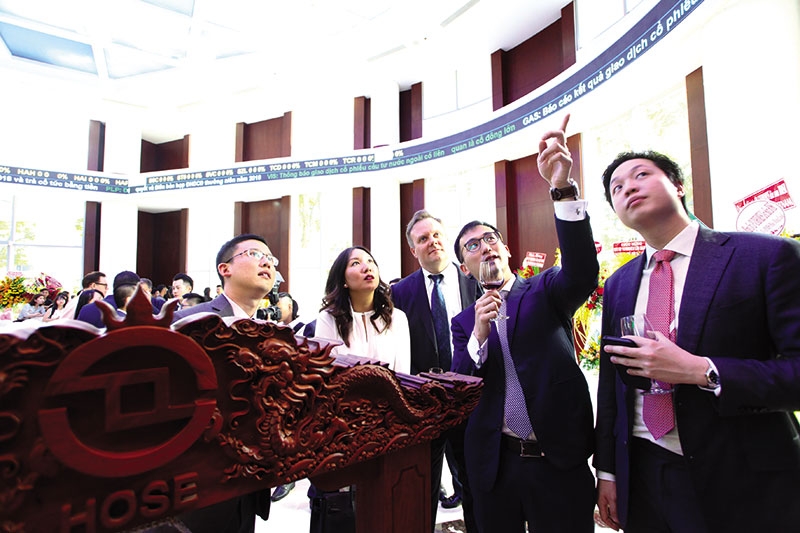 |
| Few foreign-invested enterprises have found success after listing on Vietnam’s stock exchanges, Photo: Le Toan |
 |
A tepid existence
Twelve years ago, the first foreign-invested company (FIE) to list in Vietnam was Taiwan’s Taya Vietnam Electric Wire and Cable JSC (HSX: TYA), followed immediately by Tung Kuang Industrial JSC (HNX: TKU), another Taiwanese manufacturing business.
In subsequent years, other FIEs in Vietnam have also made their way onto the listed domestic market, including South Korean textile firms Mirae JSC (HSX: KMR) and Everpia JSC (HSX: EVE); Japan’s refrigeration equipment manufacturer Nagakawa Group JSC (HNX: NAG), or Thailand’s Siam Brothers Vietnam JSC (HSX: SBV).
It is noteworthy that the vast majority of these FIE stocks are not darlings of the Vietnamese stock market, despite coming from countries that have significant business ties with Vietnam. These stocks, which receive little attention from both analysts and investors, suffer from falling prices and low liquidity.
Dismal business results have indeed thrown some of the FIEs out of the stock market, including Taiwan’s Full Power JSC (OTC: FPC) in 2011, Japan’s Interfood Sharing Company (UpCom: IFS) in 2013, and Taiwan’s Chang Yih Ceramic JSC (UpCom: CYC) in 2017.
Full Power JSC accumulated a loss of VND740 billion ($32.89 million) before it left the stock market and deleted all of its contact details. Interfood Sharing Company was forced to de-list as it lost VND495 billion ($22 million) in three consecutive years on the market. The same fate hit Chang Yih, which recorded ongoing losses of VND59.83 billion ($2.66 million) on its last trading day.
Others, like the Halong-based casino firm Royal International Corporation (HSX: RIC) with its loss of VND114 billion ($5.07 million) over the years, are currently under special supervision.
Two FIEs, though, have managed to escape this bleak situation. Mirae JSC posted VND7 billion ($311,111) in profits in 2017 and was then excluded from the warning list of the Ho Chi Minh City Stock Exchange (HSX). As the firm made new deals by turning away from China and greeting customers from the US, Mirae expects after-tax profits to reach VND17.3 billion ($768,889) in 2018, double the number of 2017.
“Of course we notice that our stock price is rather low, but we want to focus on our business performance instead of daily quotes on the market. That said, we hope that our stock price will go up soon, following the positive news about our business results,” deputy CEO Kim Chul Soo told VIR.
Everpia JSC is another successful case. The textile manufacturer has consistently been profitable over the past ten years, although earnings tend to fluctuate due to high expenses. In 2017, Everpia posted VND50 billion ($2.22 million) in after-tax profits, a 43-per-cent drop from the previous year due to high marketing costs and provisions. However, the company believes that its profit will skyrocket by 126 per cent in 2018, as it finalises unexpected costs.
A matter of foreign ownership rules?
Some reasons have been put forward to explain the generally disappointing performance of FIEs on Vietnam’s public market, despite the steady inflow of foreign direct capital into the country. One possible reason, according to experts, is that FIEs posted negative business results as a matter of transfer pricing. This reason was named because prior to their listing, the FIEs had recorded positive business results for three straight years in order to even qualify for a market debut, only to have their profits plummeting right after joining the market.
Specifically, these firms are suspected of buying input materials at inflated costs from their parent companies overseas, which eat into their business results in Vietnam but benefit their parent firms abroad.
Moreover, there are worries that FIEs only list their stocks to divest from their Vietnamese business more easily if they need to. This theory is refuted by Tran Thanh Tung, lawyer at Phuoc and Partners. According to Tung, if an FIE wants to exit Vietnam, closing up its business as a limited company is more practical and straightforward than as a listed entity.
Others are concerned that Vietnam’s law on foreign ownership may have deterred FIEs from joining the market. Prior to 2015, many FIEs were discouraged from listing due to the 49-per-cent ownership cap imposed on listed entities. However, even after Decree No.60/2015/ND-CP scrapped this limit in 2015, few FIEs made their debut on the public market. Some speculate that although the general cap is lifted, the 49-per-cent limit on conditional sectors may have deterred the FIEs.
Tran Dinh Dung, head of the Underwriting and Financial Advisory Department at Saigon-Hanoi Securities (SHS), told VIR that FIEs and domestic firms are treated equally on Vietnam’s stock market.
This means the 49-per-cent foreign ownership cap on conditional sectors affects both FIEs and Vietnamese businesses, the investment banker said. In other words, if the FIE is in manufacturing and other non-conditional sectors, there will be no foreign ownership restriction at all. On the other hand, if it operates in conditional sectors such as real estate or banking, the FIE will indeed be subject to the same cap as listed Vietnamese banks and real estate developers.
“Regulations, including any possible foreign ownership cap, apply to both Vietnamese firms and FIEs. There’s no discrimination,” said Dung, a statement echoed by lawyer Tran Thanh Tung.
However, even if FIEs operate in conditional sectors and want to list, there is still a way out. Some diversified Vietnamese firms such as Vinamilk or Hau Giang Pharma have managed to remove their ownership cap despite operating in conditional sectors like real estate or pharmaceutical trading. Experts said FIEs may do the same if they want to list in Vietnam.
“The State Securities Commission just needs some more detailed rules on whether the founders of FIEs can divest from their business, as this is related to the matter of capital outflow from Vietnam,” said Dung.
New hope ahead
As Vietnam’s stock market develops and integrates into global markets, more FIEs are considering making their debut. The most recent one is Taiwan’s Fortress Tools JSC, which will list 26.8 million shares this month. The firm, which counts major retailers Lidl and Walmart among its customers, benefits greatly from the manufacturing shift from China to Vietnam.
“We have the ambition to become a lucrative listed FIE on the local stock exchanges, paving the way for other FIEs in Vietnam,” said Vi Nguyet Cam, head of Investor Relations at Fortress Tools. Cam told VIR that as the Taiwanese firm wants to attract small and individual investors in Vietnam with its listing, the company’s founding family will cap its ownership at 50 per cent.
Regarding divestment fears, Fortress Tools said that it will invest more into its manufacturing capacity in Vietnam and pledged a long-term commitment to the rapidly growing market. Listing is one indication of this dedication, said the firm.
Another newcomer to the market is South Korea’s Seoul Metal Vietnam, a Samsung contractor. Following its listing on the over-the-counter (OTC) platform last July, the company has been open about wanting to progress to list on HSX as soon as possible. The producer of high-tech electronic components counts Vietnam’s state investor State Capital Investment Corporation as one of its major investors.
“There are at least four FIEs applying to list on HSX and two more firms aiming at the Hanoi bourse. Market conditions are very supportive of these listings, although the success of each firm still depends on their core business,” said Dung from SHS.
What the stars mean:
★ Poor ★ ★ Promising ★★★ Good ★★★★ Very good ★★★★★ Exceptional
Related Contents
Latest News
More News
- VIR sustainable development conference opens in Hanoi (November 12, 2024 | 09:42)
- Taking the lead in dual transition for a greener Vietnam (November 11, 2024 | 17:00)
- Vietnamese consumers careful amid economic volatility (November 11, 2024 | 13:55)
- Quality must come first in chip mission (November 11, 2024 | 10:33)
- Vietnam's digital economy estimated to reach $36 billion in 2024 (November 07, 2024 | 13:52)
- Authorities looks to tackle influx of cheap foreign goods (November 07, 2024 | 10:44)
- Trump claims 'magnificent' victory over Harris (November 06, 2024 | 16:55)
- Trump on verge of victory over Harris (November 06, 2024 | 14:26)
- Hanoi unveils innovative tourism event to celebrate cultural heritage (November 06, 2024 | 13:36)
- FDI hits over $27 billion in first 10 months (November 06, 2024 | 13:24)




 Tag:
Tag:


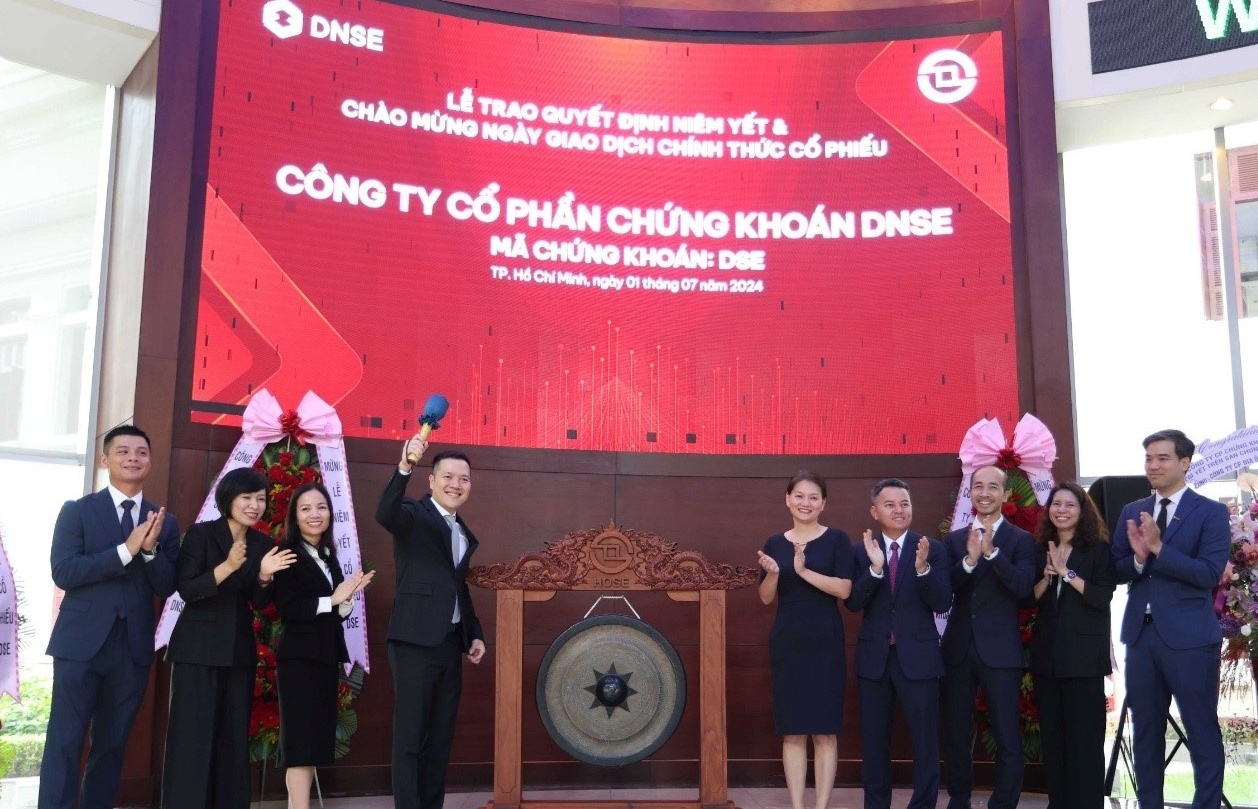
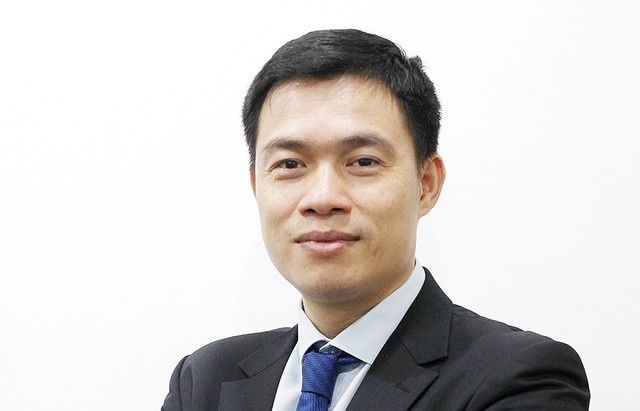
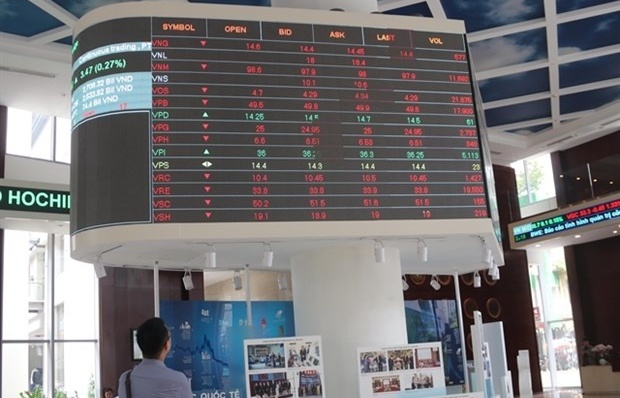




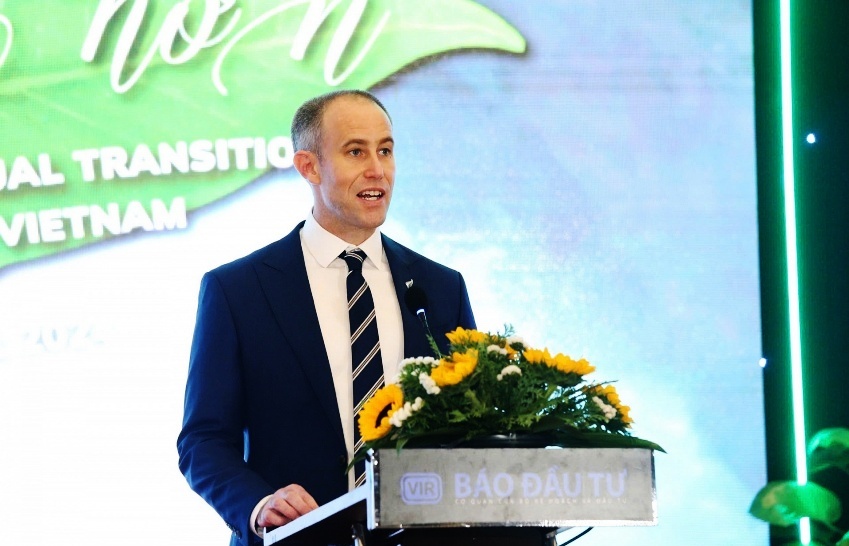











 Mobile Version
Mobile Version